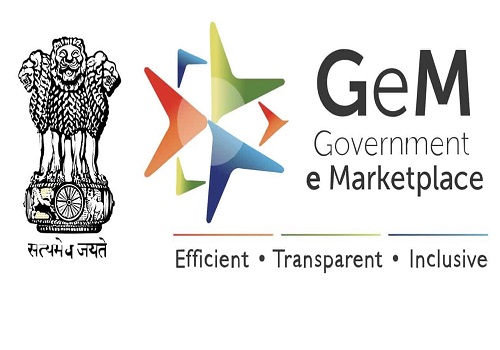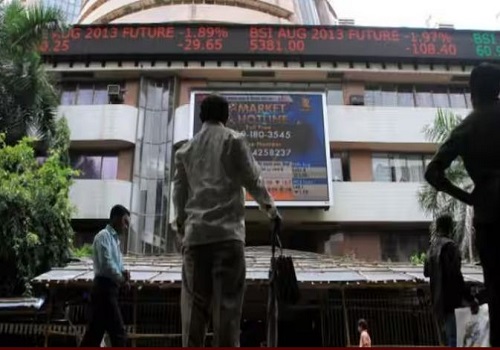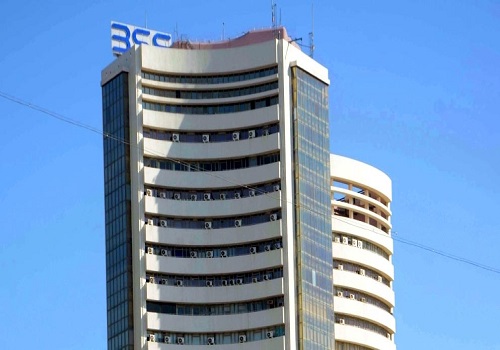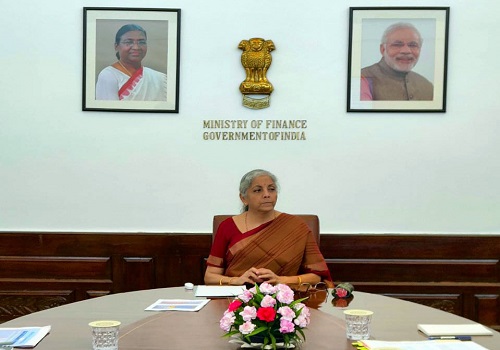World Kaleidoscope Report : Macroeconomic variables shaping the world economy By YES Securities
Follow us Now on Telegram ! Get daily 10 - 12 important updates on Business, Finance and Investment. Join our Telegram Channel
In this World chartbook, we look at evolving macroeconomic variables to get a sense of how the global economy is taking shape. This chartbook highlights key trends across various economies. Here's a summary of the key points.
* Resilient US vs. Cautious Europe: Global Economic growth estimates for 2023 have been revised upward, with the US and Japan showing resilience, while Europe and UK struggling to gain pace. Growth scenario for Advanced economies do not appear too upbeat next year as US is seen slowing, while Emerging economies are poised for a better 2024
* Consumer Spending Holds Strong in Major Economies, but Challenges Loom: Consumer spending remains robust in major economies despite higher interest rates. However, the US faces a potential slowdown in 2024 with declining savings rates and rising consumer debt delinquency. Global auto sales rebounded as semiconductor supply normalised, particularly benefiting from a lower base. Real estate markets vary, with elevated house prices in the West and concerns about the Chinese property sector. Unemployment levels remain low in Developed economies, but they are inching higher, while Job openings, attrition rates and wage growth moderate in the US
* Global Services and Manufacturing denote Contrasting Trends in a Changing World: Momentum in global services slows, primarily impacting advanced economies while emerging economies like India maintain high services PMI. Global manufacturing faces challenges, with developed economies contracting, but emerging economies like India, Indonesia, and Mexico thrive, driven by nearshoring trends.
* Global Trade: Slowdown and Signs of Recovery: Global trade slowed significantly in the current year, but recent data indicates a bottoming out of outbound shipments by major exporters, suggesting improved volumes next year.
* Corporate Profitability Faces Challenges and Regional Responses: Rising interest rates globally dampen business investments, impacting corporate profitability. China invests in infrastructure but remains cautious about the overleveraged real estate sector. Chinese private investments remain subdued, while India focuses on higher capex
* Government Debt Levels and Financial Realities: High government debt/GDP ratios persist, particularly in the US, with rising public debt and fiscal deficits. US households accumulate debt as savings decline, while cash-rich corporates deleverage
* Inflation Expectations and Rate Dynamics in a Changing Landscape: Inflation expectations ease due to lower goods prices and reduced supply chain stress. Core inflation remains stable, but energy prices remain a concern, given Middle East tensions. Aggressive policy normalisation leads to positive US real yields, with potential market expectations of a rate cut next year. Interest rates in emerging economies are also on a downward trajectory
* Fiscal Deviations and Oil Price Impacts: Fiscal shortfalls deviate from budgeted projections, with deficits rising in the US, France, and Italy. China expands fiscal measures to stimulate growth, India adheres to fiscal prudence, and other emerging economies struggle to contain budgetary shortfalls. Higher oil prices benefit OPEC economies, with Saudi Arabia's fiscal breakeven dependent on sustained oil prices around $80/bbl.
* Global Equity Earnings/ Sector Performance and Market Dynamics: Revision in global equity earnings witnesses a mixed trend. IT sector has outperformed but is lately under turbulence. Emerging markets see slowed equity inflows due to rising risk-free rates and increased market volatility. Financial and liquidity conditions tighten as central banks raise interest rates, impacting the market value of global bonds. The US yield curve is in the process of de-inverting, indicating a market view that does not foresee a US recession
Above views are of the author and not of the website kindly read disclaimer












 320-x-100_uti_gold.jpg" alt="Advertisement">
320-x-100_uti_gold.jpg" alt="Advertisement">











